TACKLING INEQUALITIES IN THE EARLY YEARS: KEY MESSAGES FROM 10 YEARS OF THE GROWING UP IN SCOTLAND STUDY
The report draws together key messages from 10 years of the Growing Up in Scotland Study. By comparing outcomes for and experiences of children in households with higher and lower incomes it summarises what the study has revealed about inequalities up to age 8, explores whether there is any evidence that the socio-economic gap has narrowed or widened in recent years and highlights some key messages from the study about to improve outcomes for all children and to reduce inequalities.
At a glance summary
GUS has highlighted that, even in the early years of a child's life, there are consistent inequalities, not only in outcomes, but particularly in risk behaviours that we know have longer-term consequences for health and development.
Comparing children in the highest (£££££) and lowest (£) income quintiles...
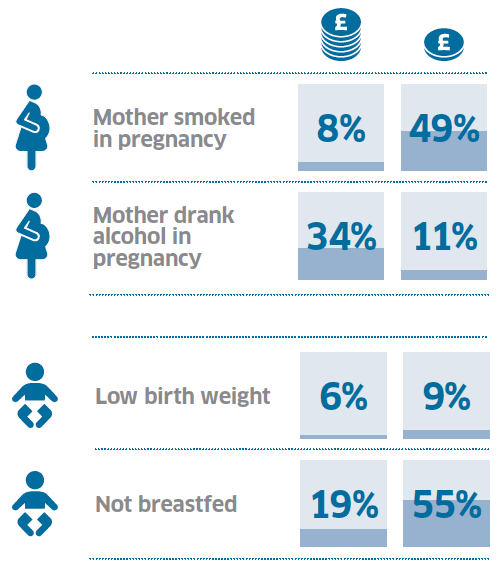
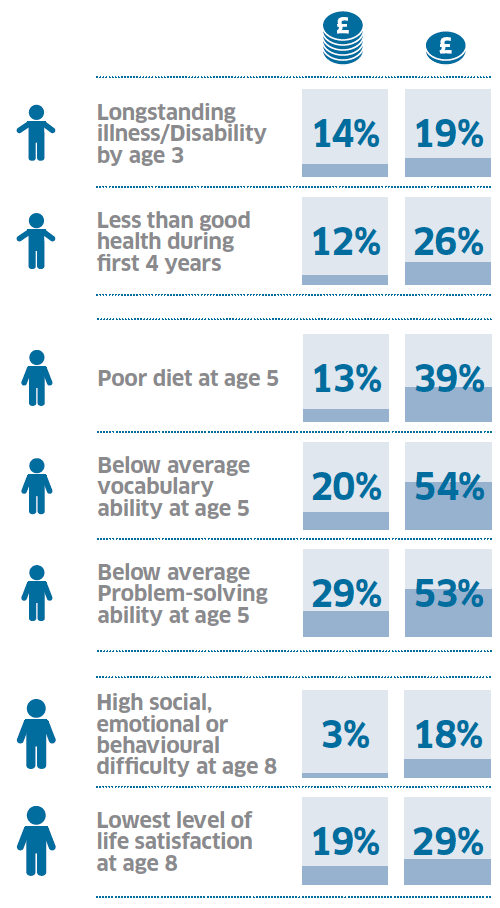
Comparing mothers in the highest (£££££) and lowest (£) income quintiles…
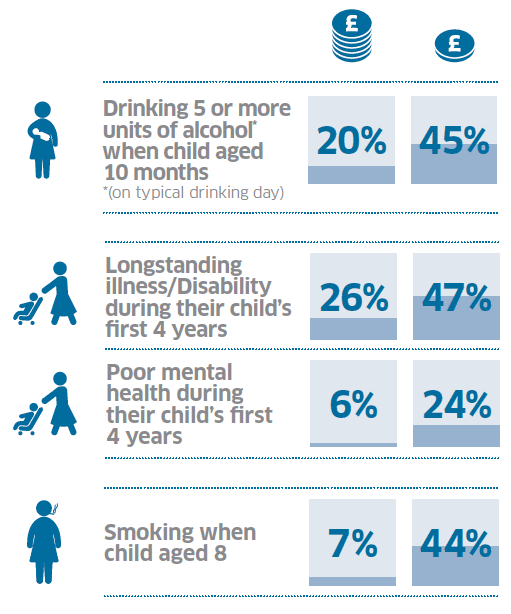
Comparisons between the two GUS cohorts, up to age three, have revealed some overall improvements for children born in 2010/11 (BC2) compared with those born in 2004/05 (BC1).
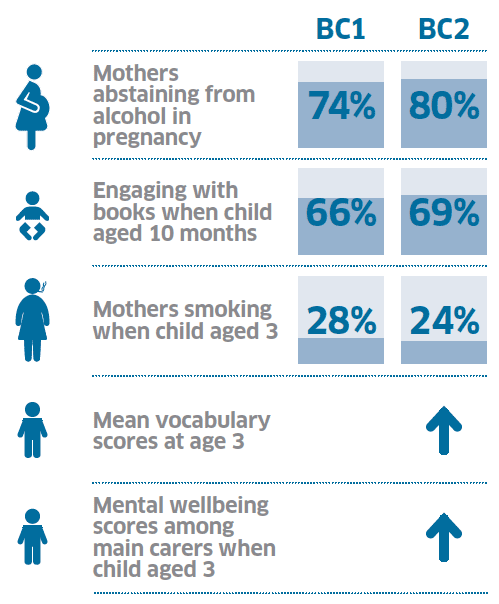
Comparisons have also revealed that some health outcomes appear to have deteriorated overall across the cohorts, though this may be a result of more effective and/or earlier diagnosis.
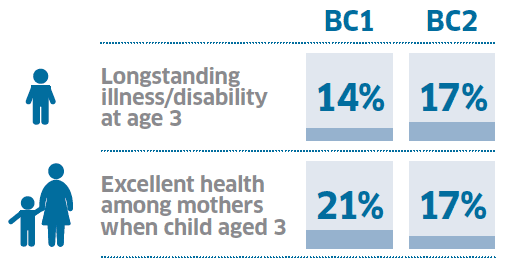
And that overall breastfeeding rates have remained static.
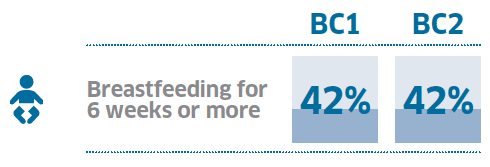
With regard to the socio-economic gap, GUS has shown that some inequalities have narrowed over recent years.
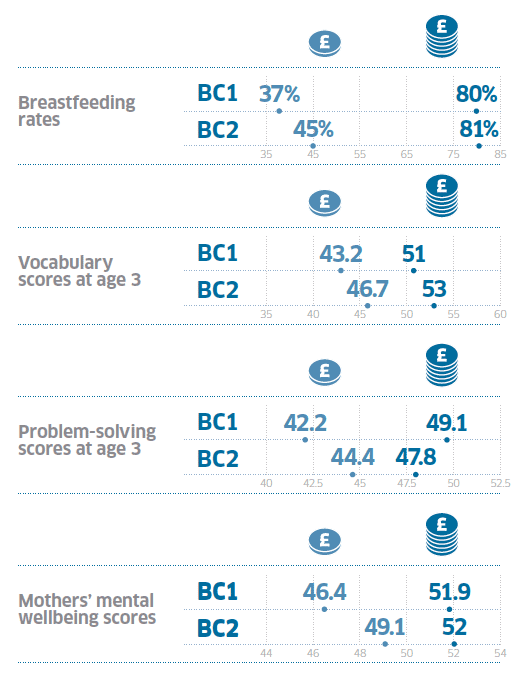
Although the socio-economic gap has widened for alcohol consumption in pregnancy, this is due to a larger increase in rates of abstinence among the most economically disadvantaged than the most advantaged.

While it is difficult to counter the very powerful socio-economic influences on children's lives, GUS has highlighted that there are some factors that seem to promote positive outcomes or build resilience, in the face of socio-economic disadvantage.
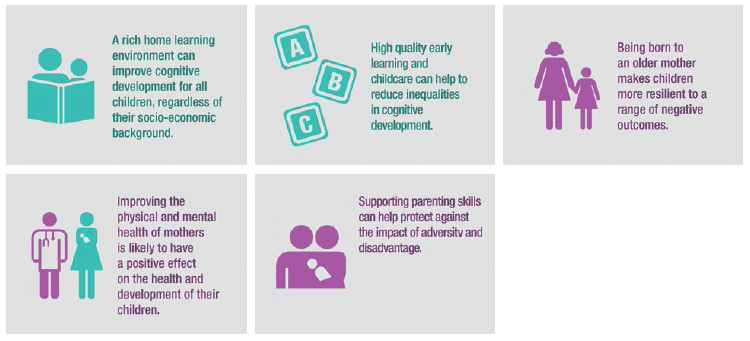
GUS has also provided other clues about how to support parents and improve outcomes for children
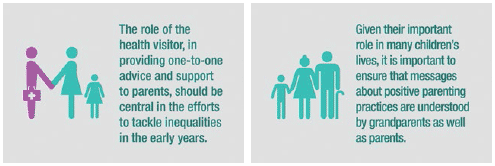
Contact
Email: Liz Levy
There is a problem
Thanks for your feedback